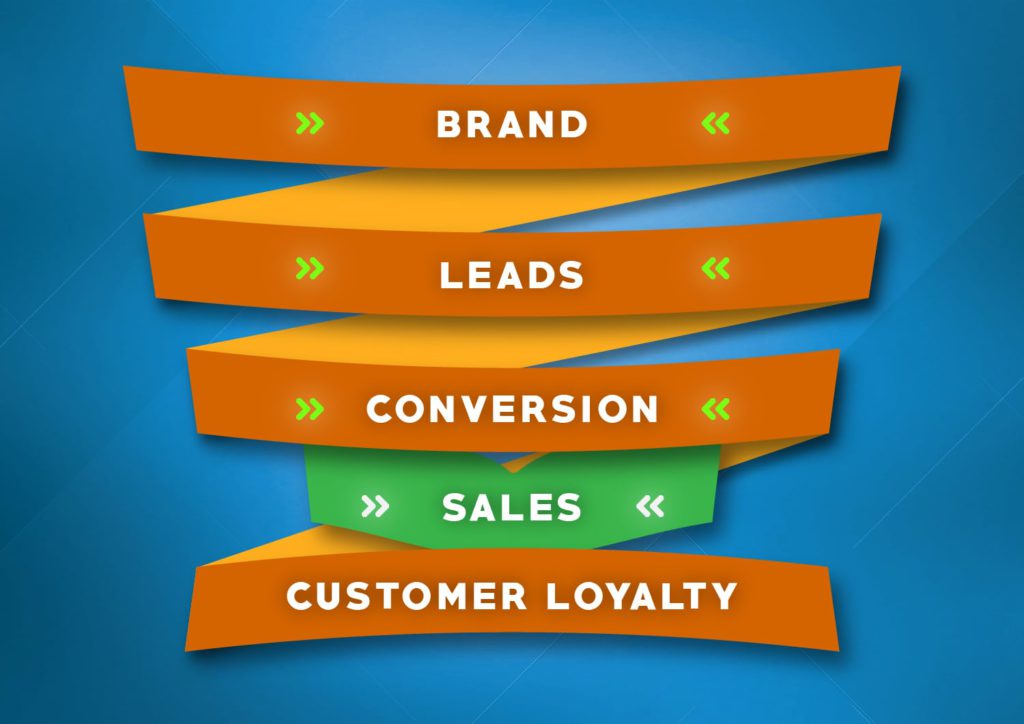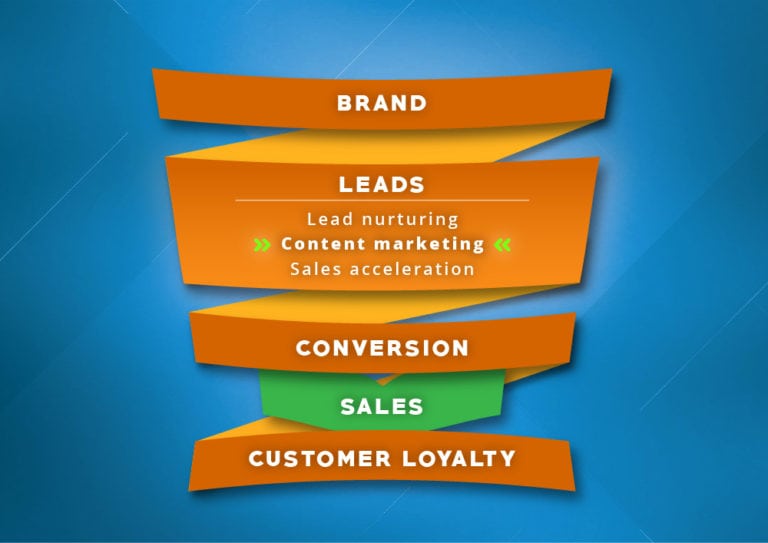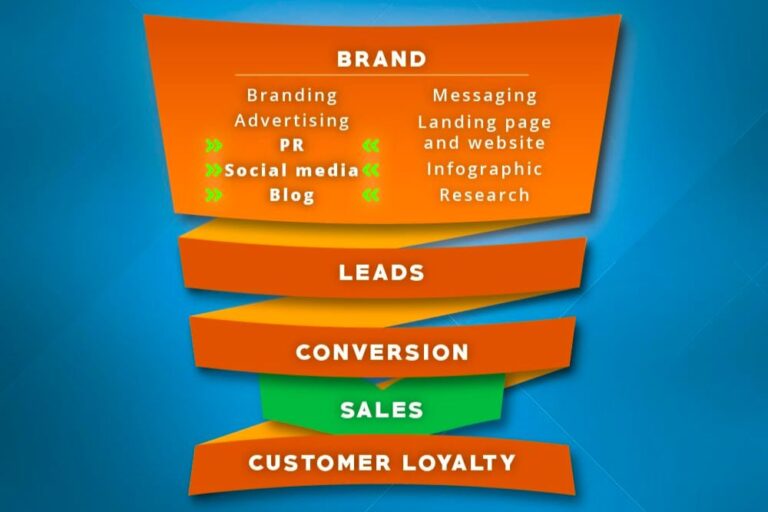In the last of her blogs on how marketing and PR can support sales activity, Becky Mellor explains why an effective campaign is like Sudoku: you can’t just rely on one square for the answer, and all the elements have to work together to deliver the right outcome.
“Most marketing problems are like Sudoku. Any solution can only be obtained by considering the system in its entirety. You can’t cut a Sudoku into nine separate squares and ask nine people to solve one square each.” –Rory Sutherland, vice-chairman, Ogilvy UK.
I happened across this quote the other day and thought that it perfectly sums up how marketing should be approached.
In the blog I was reading, Rory goes on to say: “Instead of going to clients saying, ‘look, we have a solution to your Sudoku’, we are now reduced to saying, ‘we think the number in the top left corner might be a three’.”
He was talking about advertising and its current obsession with ‘targeting-obsessed scientism’. This, he suggested, missed the broader context of marketing and how people process messages. Which is why his ideas resonated with me (you can read the whole of Rory’s blog here: http://bit.ly/2AeOigx).
One square won’t do it
I have been writing about how different marketing activity can support different points of the marketing and sales funnel. This blog talks about the importance of integrating marketing activity.
We often see companies in the health tech space relying on one element of the marketing mix or on a one-off activity to help generate interest in their product.
“I made it onto BBC news and the phone didn’t start ringing” or: “We had this one news story six months ago and we haven’t seen an increase in leads.”
In one case, we heard of a company that had invested in a telemarketing campaign. This saw the company’s product win over the clinicians it was designed for, but a year later it hadn’t managed to secure a sale.
Its intended user base had swung behind the product, but hospital managers and IT departments had not. They didn’t recognise a need and weren’t including it in their plans to digitise.
The company had filled in one square of the Sudoku with a telemarketing campaign, but it hadn’t considered other squares, such as a PR and communications plan to raise the profile of the solution with other stakeholders.
Little and often
In advertising, there is an idea called ‘effective frequency’, which is the number of times a person must be exposed to an advertising message before a response is made and after which further exposure is considered wasteful.
I travel on the London tube every day and sometimes there’s an advert that catches my eye. Am I able to recall that company name later that evening or the following week? Rarely, and that’s for an ad I’ve acknowledged!
Would I be more likely to recall the brand if it had also been featured in a newspaper I read, the social media channels I use, and the websites I visit? The chances are certainly higher.
And familiarity can only set in if companies are presenting me with the same message and image across every touch point over a sustained period of time.
Integrated marketing
Successful integrated marketing communicates the same message and image consistently across all customer touch points.
Now, I realise that this might sound unrealistic. As I explained in an earlier piece (this blog) when companies have many objectives, stretched marketing departments can struggle to support them all.
Take a look at last year’s marketing output; how many objectives were you trying to serve? How much activity was planned against each objective? Was every activity consistent in message and image?
Serving too many objectives risks diluting the impact of your marketing. Potentially, it can lead to over-reliance on one or two tactics to achieve each objective; and as a whole, your programme may end up sending out different messages.
In our Sudoku analogy, the nine boxes making up the grid represent multiple objectives and the numbers inside represent tactics that may look right as they are filled in, but not add up to the right answer.
Instead, the trick is to identify the key objective and commit to it wholeheartedly and fearlessly; using an effective mix of tactics that all deliver the same message.
In our Sudoku analogy, the whole box becomes the objective, the grid becomes your tactics, and all the numbers work together to generate the impact you are looking for.
Best practice
So, what does that effective, integrated marketing campaign look like? Key issues are audience and timing. Thinking back to the telemarketing example, the company involved may have focused on the wrong audience. It certainly focused on just one audience, when it needed to reach a range of stakeholders and decision makers.
Or it may have launched its telemarketing campaign too soon. It would have benefited from a mix of PR, content, advertising and sponsorship activity to raise awareness prior to starting its calls; to support its calls; and to extend their reach to budget holders.
And, to repeat, the trick is consistency – the outputs of all the activity must convey the same message and imagery within a set period of time.
I always say, focus on asking the right questions and the right results will come. Whenever a client comes to us with a brief, we make a point of understanding the big picture and of helping them to focus on a key objective, so an effective, integrated marketing plan can be developed.
She knew that the real value of marketing came from making those things work together, to give the client the best possible chance of using high quality marketing activities to grow their business. That’s why she and Mark Venables set up Highland in 2002.
The company has never forgotten its commitment to integrated marketing. Customers have a dedicated account director, but enjoy access to a full range of marketing and communication services from a skilled support team; dedicated to delivering what clients need.






